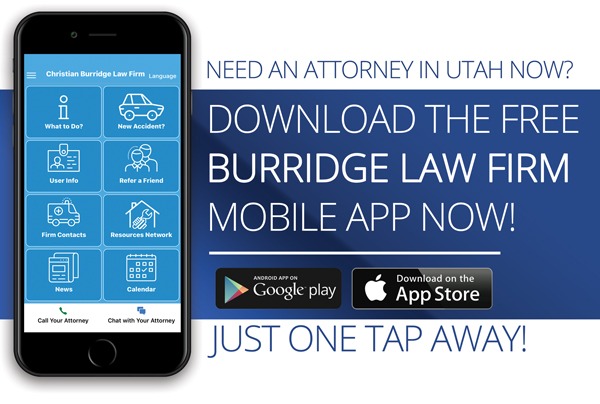After a rear-end collision, vehicle damage may be more extensive than it appears. Knowing what to look for helps ensure all damage is properly identified and repaired.
Beyond the Obvious: Hidden Damage
Rear-end collisions commonly cause:
- Frame damage that affects structural integrity
- Alignment issues that cause uneven tire wear and handling problems
- Trunk latch damage causing security and water leakage issues
- Fuel system damage in severe impacts
- Electronic system malfunctions affecting sensors and safety features
- Transmission damage if the impact was forceful
Getting a Proper Damage Assessment
To ensure all damage is identified:
- Have your vehicle inspected by a qualified mechanic or body shop
- Consider getting a second opinion on repairs
- Request a thorough inspection of alignment and frame
- Insist on checking electronic systems, even for minor collisions
- Ask about diminished value (the reduction in your car’s resale value due to accident history)
Dealing with Insurance for Repairs
When handling repairs through insurance:
- Understand you have the right to choose your repair shop in most states
- Get written estimates before authorizing work
- Know the difference between OEM (Original Equipment Manufacturer) parts and aftermarket parts
- Document the condition of your vehicle before repairs begin
- Inspect repairs thoroughly before accepting them as complete
Signs of Incomplete Repairs
After repairs, watch for:
- Unusual noises when driving
- Pulling to one side
- Uneven tire wear
- Warning lights on dashboard
- Doors, hood, or trunk that don’t close properly
- Paint that doesn’t match
Diminished Value Claims
Even after perfect repairs, your vehicle may have lost value simply because it has been in an accident. In many states, you can make a diminished value claim against the at-fault driver’s insurance to recover this loss in value.
Thorough vehicle assessment ensures not only your safety but also that you receive fair compensation for all damage resulting from the rear-end collision.
People Also Ask
- Is Utah a no-fault state for car accidents? Yes, Utah is a no-fault state for personal injuries, but not for vehicle damage. While your medical expenses are covered by your own Personal Injury Protection (PIP) insurance regardless of fault, vehicle damage claims are still processed based on fault determination.
- What are the damages of being rear-ended? Vehicle damages often include bumper damage, trunk misalignment, frame distortion, electrical system issues, fuel system damage, suspension problems, and diminished resale value. The severity depends on impact force and vehicle construction.
- How is fault determined in a car accident in Utah? In Utah, the rear driver is typically presumed at fault in rear-end collisions. However, comprehensive investigations may include damage patterns, skid marks, witness statements, and any available video footage to establish the complete circumstances.
- What counts as a rear-end in an accident? A rear-end collision occurs when one vehicle strikes another from behind. This includes any impact where the front of one vehicle contacts the rear portion of another vehicle, regardless of whether the impact is directly from behind or at a slight angle.



